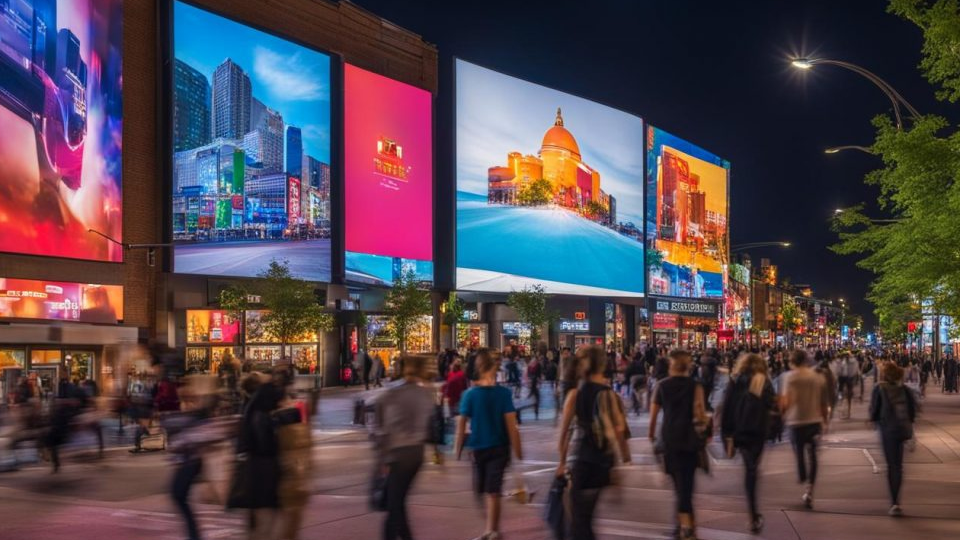If you're planning to invest in a rental led display system, there's more to think about than just size and price. Rental LED Displays are different from fixed installations — they need to be flexible, durable, and easy to move and maintain. Whether you're running a staging company, organizing concerts, or supplying AV for corporate events, making the right choice early can save you a lot of trouble later on.

One of the first things to look at is how easy the system is to assemble and disassemble. In rental scenarios, time is money. Your team will likely be setting up and tearing down the screens frequently and under time pressure. A good rental display system should have a fast locking mechanism, lightweight panels, and a design that allows for quick alignment. If you can't get the setup done efficiently, it will affect both your team's workload and the client's satisfaction.
Another major factor is durability. Rental led displays go through a lot — transportation, stacking, lifting, outdoor exposure, and sometimes even rough handling. Make sure the cabinets are solidly built with reinforced corners and weather-resistant designs if you plan to use them outside. Poor build quality might save money at first, but it'll cost more in replacements and repairs down the road.
pixel pitch also matters, but in rental applications, flexibility is key. If you're covering events of different sizes and viewing distances, choosing a versatile pitch — say, between 2.9mm and 4.8mm — can give you more range without needing separate systems. Try to find a balance between image clarity and adaptability. You don't want to buy a screen that only works for a narrow set of scenarios.
Compatibility with other systems is another point that often gets overlooked. Will the display integrate easily with your existing control system? Does it support common video processors and software? Rental setups often rely on modularity and being able to swap or add panels from different setups. It helps if the system you're buying uses standard protocols and input/output formats.
And don't forget after-sales support. Rental equipment needs reliable servicing and access to spare parts. A good supplier should offer more than just sales — they should be there to support you with training, troubleshooting, and quick shipment of replacements when needed. Ask about warranty terms, lead times for parts, and whether the company has a service center near you or not.
Buying a rental LED display system is a big decision, but if you take the time to think through the practical side — not just the specs on paper — you'll end up with a system that works hard for your business, not against it.

